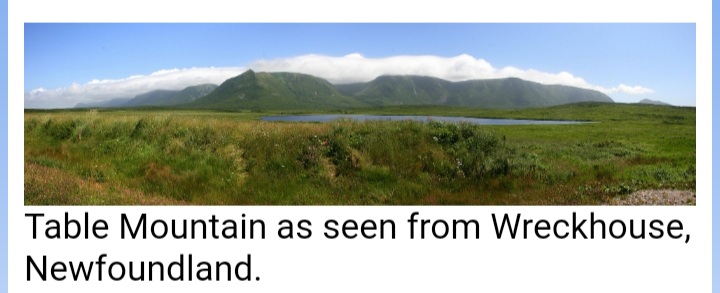**** Info via Environment Canada
Canadian winds
Most Canadians may have heard of the chinook wind, as it is possibly the most notorious local wind in our country. It is one of many foehn (or fohn) winds in the world – a type of dry, warm, down-slope wind that occurs in the lee of a mountain range. Referred to as “snow eaters” in Indigenous languages chinooks blow down the leeward side of the Rocky Mountains in Alberta and can melt snow in foothills in just a matter of hours!
Did you know that we have many other types of local winds?
Wreckhouse winds
Wreckhouse winds are also down-sloping winds but were named after their destructive effect on a very specific area. For many years, trains were derailed in the Wreckhouse location of Newfoundland until the provincial railway company decided to hire a local farmer in 1935 to advise them when such winds were occurring. After he retired, we installed an automatic weather station in the area. On 26 March 2014, a record-breaking wind gust of 185 km/h was recorded at this station. Our meteorologists therefore use the term Wreckhouse Winds to specifically refer to these dangerous wind conditions in this geographic area.

“Suêtes”
In Nova Scotia’s Cape Breton Highlands, for a few weeks in spring and autumn, another type of foehn wind blows down slope of Cape Breton’s open plateau often reaching hurricane force strength on the western side of the plateau. The name “Les Suetes” originates from Acadians who contracted the two terms “sud” and “est” (south and east) in French. The local weather station at Grand Etang has recorded wind speeds of over 200 km/h on several occasions.

“Nordet”
Unlike the others, the “Nordet” in Quebec, is a very cold wind that blows from the northeast, and gains speed by funnelling through the Saint Lawrence valley. The coldest Nordets blow when high pressure in Northern Québec bring arctic air down south. People in Québec know that if the forecast is calling for a Nordet in winter, it’s time to hide one’s nose under a scarf!

Barber
Finally, a barber is a wind-driven winter storm from which sea spray and precipitation freeze onto the decks and rigging of ships, usually mostly on one side, creating a dangerous tilt to the boat. Freezing spray also collects on sailor’s beards, hence the name of “a barber wind”. It was also said that the wind-driven ice could “almost cut the beard from one’s face”!




